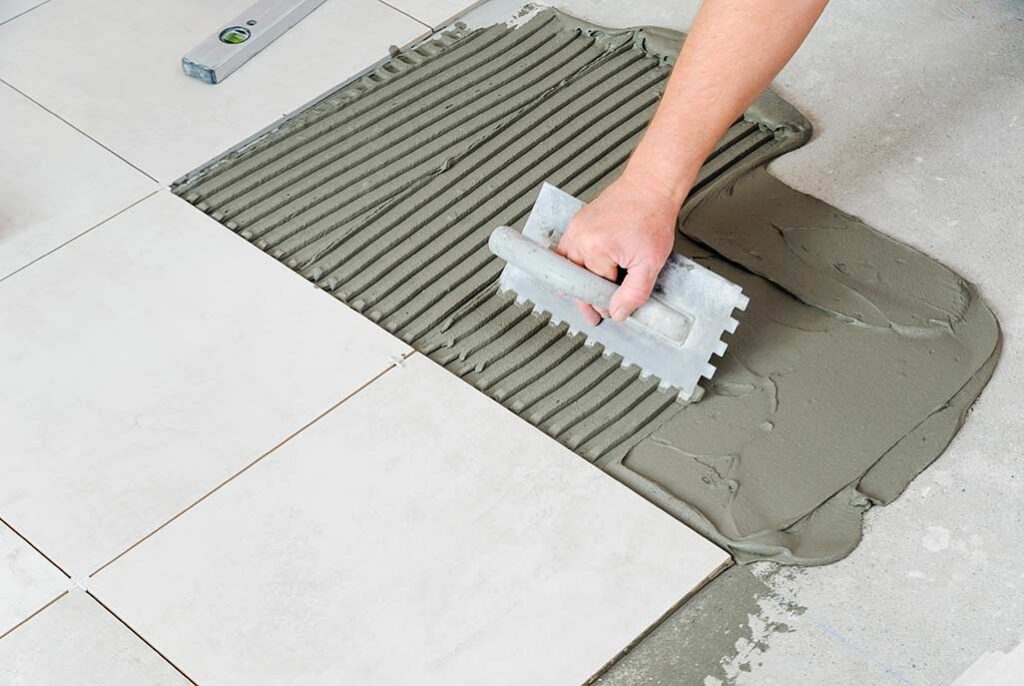How to Properly Install Ceramic Tiles in a Bathroom for Longevity

Ceramic tiles are a popular choice for bathroom flooring and walls due to their durability, water resistance, and aesthetic appeal. However, improper installation can lead to cracks, leaks, and a shorter lifespan. Ensuring that the tiles are installed correctly is key to maximizing their longevity. Céramique au Sommet salle de bain offers high-quality ceramic tiles ideal for bathroom use, but how can you ensure a long-lasting installation?
1. Preparing the Surface
Before installing ceramic tiles, it’s essential to properly prepare the surface. The substrate, or base, should be clean, dry, and free of any dust or debris. Moisture issues, such as leaks, should be addressed before tile installation to prevent future problems. For bathroom installations, waterproofing the surface is critical, especially for areas like the shower and bathtub surrounds. Use a waterproof membrane or underlayment to protect the substrate from water penetration.
2. Choosing the Right Adhesive
The type of adhesive used plays a significant role in ensuring that your tiles stay securely in place for years. For wet areas like the bathroom, a high-quality, waterproof adhesive is necessary. Thin-set mortar or tile adhesive is typically used, but make sure it’s formulated for bathroom environments. Spread the adhesive evenly on the substrate using a notched trowel, and press the tiles firmly into place, ensuring full contact between the tile and adhesive.
3. Ensuring Proper Spacing with Tile Spacers
One mistake that DIY installers often make is not maintaining consistent spacing between tiles. Using tile spacers ensures that the grout lines are even and uniform. This not only improves the overall appearance of the installation but also helps prevent tiles from shifting or cracking over time. For bathroom tiles, a gap of around 2 to 3 mm between tiles is typically recommended.
4. Applying Grout and Sealing
After the tiles are installed and the adhesive has cured, it’s time to apply grout. Grout not only fills the gaps between tiles but also strengthens the entire installation. For bathroom areas, it’s essential to use a water-resistant grout, such as epoxy grout, which prevents water from seeping through the joints. Once the grout is dry, apply a grout sealer to add an extra layer of protection against moisture and stains.
5. Regular Maintenance
Even with a perfect installation, regular maintenance is essential to keep your ceramic tiles in top condition. Clean the tiles and grout regularly with a mild cleaner, and inspect for any cracks or signs of wear. Resealing the grout every few years will further protect your bathroom installation and ensure its longevity.
Conclusion
Proper installation of ceramic tiles in a bathroom requires careful attention to detail, from surface preparation to sealing. By following these steps, you can ensure that your bathroom tiles will last for years to come. Céramique au Sommet salle de bain offers the perfect tiles for your next bathroom renovation, combining style with durability.








